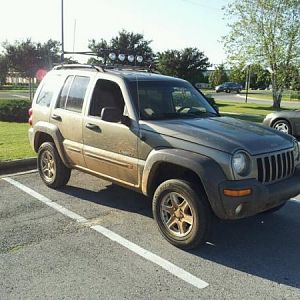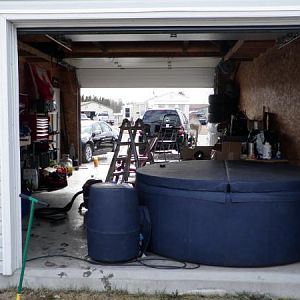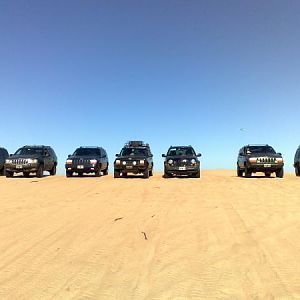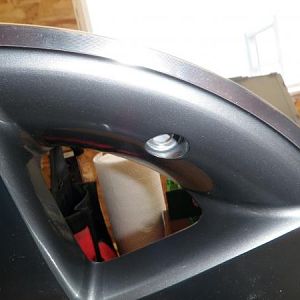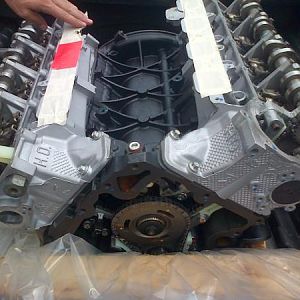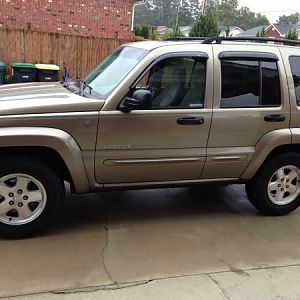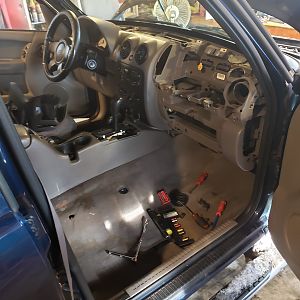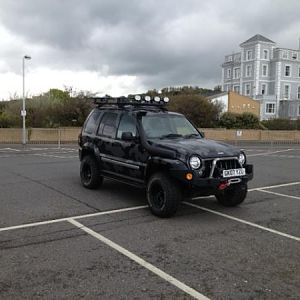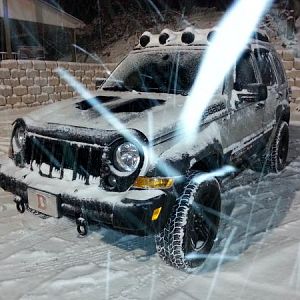I replaced mine about a month ago, original seal metal was completely rusted through. Clean the yold, nut, and threads well with a wire brush, then index the nut and pinion shaft with a punchmark. If you have an inch-pound torque wrench, measure the rotating force of the pinion. In order to do this, the rear should be completely drained, brake drums/rotors removed so there is as little drag as possible to get a true pinion reading. Idealy, the shafts would be removed. This will allow you to return the pinion nut to the original position. Once you remove the nut, yolk and old seal, clean the snot out of the entire area. Ensure the threads on the pinion and nut are clean.
On my differential, the lead-in radius for the seal was only half-machined, meaning the drivers side had no radius, and the passenger side looked as though a beaver gnawed at the radius. Implications were the seal that had the pre-applied silicone would not seat properly because the silicone had no area to sit. I had another seal from a previous 8.25 build that did not have pre-applied silicone. A small bead was run at the shoulder of the seal and installed.
Use a thread locking compound, such as loctite 272 on the old pinion nut to prevent the nut from backing off. Align the punchmarks.
The above is assuming your bearings and gears are in good shape and not toasted.


